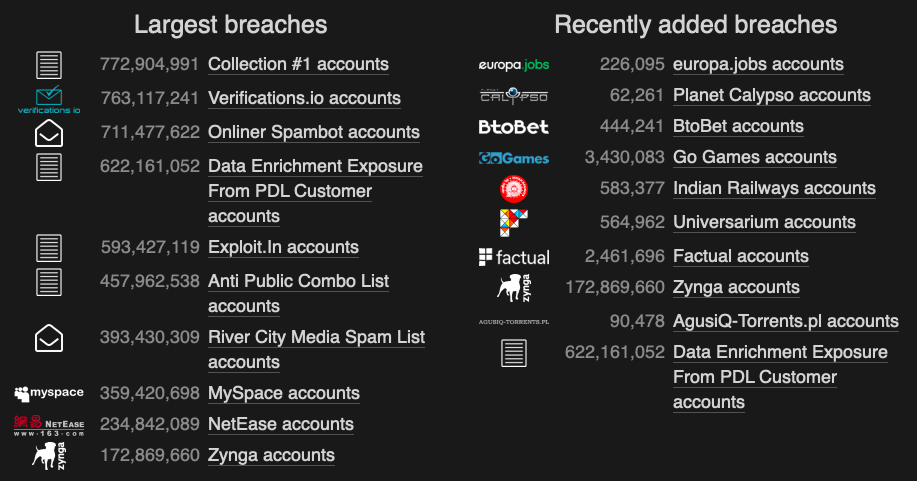You hear about it all the time, companies being compromised. This usually leads to user information, including passwords, getting in the hands of the wrong person. Continue reading “Has your info been compromised? Find out!”
Update now! Dangerous AMP for WordPress plugin fixed
If you’re one of the 100,000+ users of AMP for WP, good news – the popular plugin for implementing Accelerated Mobile Pages returned to WordPress.org last week. Continue reading “Update now! Dangerous AMP for WordPress plugin fixed”
Adobe Patches Zero-Day Flash Flaw
Adobe has released an emergency update to address a critical security hole in its Flash Player browser plugin that is being actively exploited to deploy malicious software. If you’ve got Flash installed — and if you’re using Google Chrome or a recent version of Microsoft Windows you do — it’s time once again to make sure your copy of Flash is either patched, hobbled or removed.
In an advisory published today, Adobe said it is aware of a report that an exploit for the previously unknown Flash flaw — CVE-2018-5002 — exists in the wild, and “is being used in limited, targeted attacks against Windows users. These attacks leverage Microsoft Office documents with embedded malicious Flash Player content distributed via email.”
The vulnerable versions of Flash include v. 29.0.0.171and earlier. The version of Flash released today brings the program to v. 30.0.0.113 for Windows, Mac, Linux and Chrome OS. Check out this link to detect the presence of Flash in your browser and the version number installed.
Both Internet Explorer/Edge on Windows 10 and Chrome should automatically prompt users to update Flash when newer versions are available. At the moment, however, I can’t see any signs yet that either Microsoft or Google has pushed out new updates to address the Flash flaw. I’ll update this post if that changes.
Adobe credits Chinese security firm Qihoo 360 with reporting the zero-day Flash flaw. Qihoo said in a blog post that the exploit was seen being used to target individuals and companies in Doha, Qatar, and is believed to be related to a nation-state backed cyber-espionage campaign that uses booby-trapped Office documents to deploy malware.
In February 2018, Adobe patched another zero-day Flash flaw that was tied to cyber espionage attacks launched by North Korean hackers.
Hopefully, most readers here have taken my longstanding advice to disable or at least hobble Flash, a buggy and insecure component that nonetheless ships by default with Google Chrome and Internet Explorer. More on that approach (as well as slightly less radical solutions) can be found in A Month Without Adobe Flash Player. The short version is that you can probably get by without Flash installed and not miss it at all.
For readers still unwilling to cut the Flash cord, there are half-measures that work almost as well. Fortunately, disabling Flash in Chrome is simple enough. Paste “chrome://settings/content” into a Chrome browser bar and then select “Flash” from the list of items. By default it should be set to “Ask first” before running Flash, although users also can disable Flash entirely here or whitelist/blacklist specific sites.
By default, Mozilla Firefox on Windows computers with Flash installed runs Flash in a “protected mode,” which prompts the user to decide if they want to enable the plugin before Flash content runs on a Web site.
Another, perhaps less elegant, alternative to wholesale kicking Flash to the curb is to keeping it installed in a browser that you don’t normally use, and then only using that browser on sites that require Flash.
Administrators have the ability to change Flash Player’s behavior when running on Internet Explorer on Windows 7 and below by prompting the user before playing Flash content. A guide on how to do that is here (PDF). Administrators may also consider implementing Protected View for Office. Protected View opens a file marked as potentially unsafe in Read-only mode.
Read the full article at Krebson Security
Backdoors Found in Three More WordPress Plug-ins
Backdoor WordPress – In what is becoming an increasingly common type of software supply chain attack, three more WordPress plug-ins that recently changed ownership got backdoored by their new owners. What’s worse is that the malicious code went undetected for months. Continue reading “Backdoors Found in Three More WordPress Plug-ins”
October is National Cyber Security Awareness Month (NCSAM)
#ProTip

Since 2013, every single Yahoo account has been hacked. That’s 3 billion accounts in all. Change your password and user ID on all the other sites where you’ve used your email password and user ID. Make your password longer and more obscure. Continue reading “October is National Cyber Security Awareness Month (NCSAM)”
What We Have Been Up To and Your Questions Answered
What have we been up to?
We often get the opportunity to work with great companies that are local, national and worldwide. We have recently finished a few really fun projects and we wanted to share them with you. Interestingly enough, these recent projects fall perfectly inline with many of the questions that we are being asked. Take a look at the questions and how Hartman Technology creates custom solutions for customers. Continue reading “What We Have Been Up To and Your Questions Answered”




